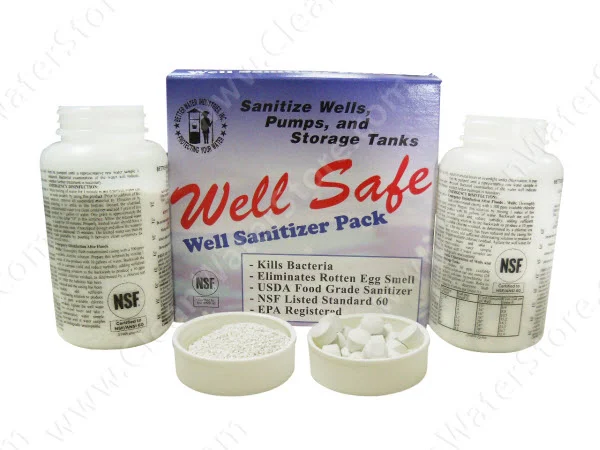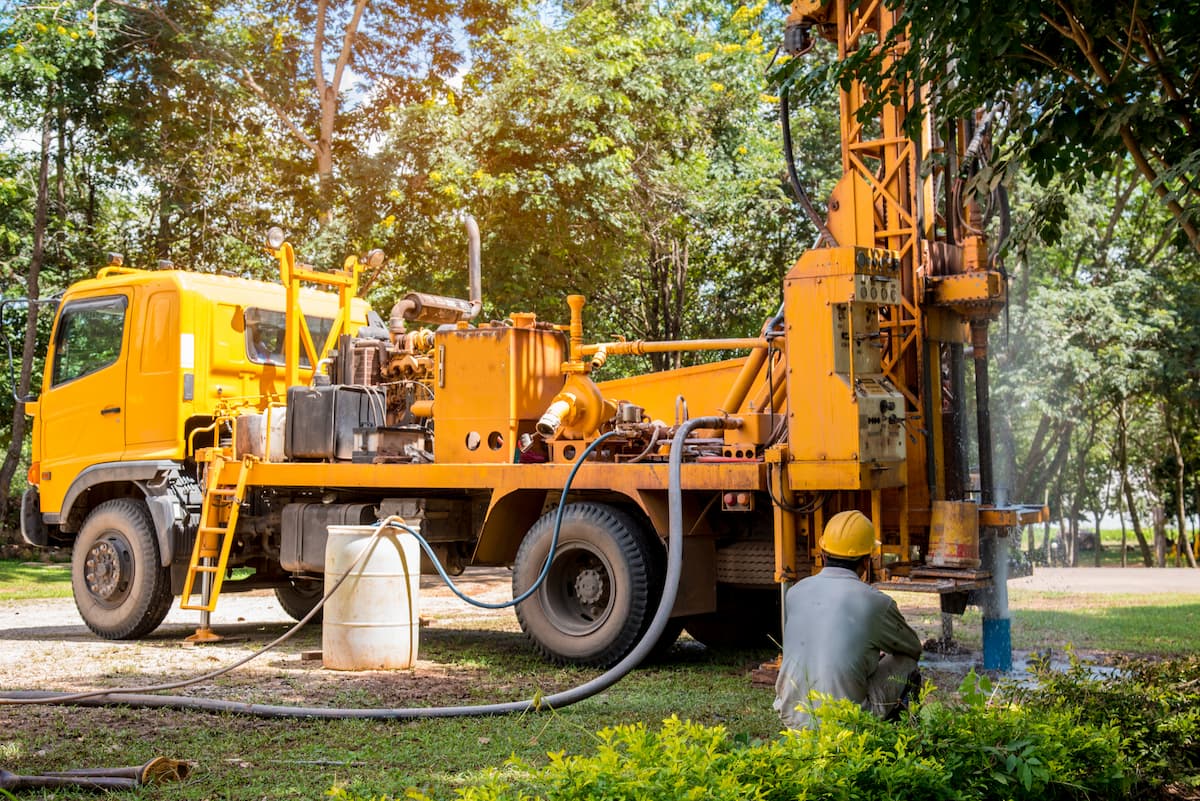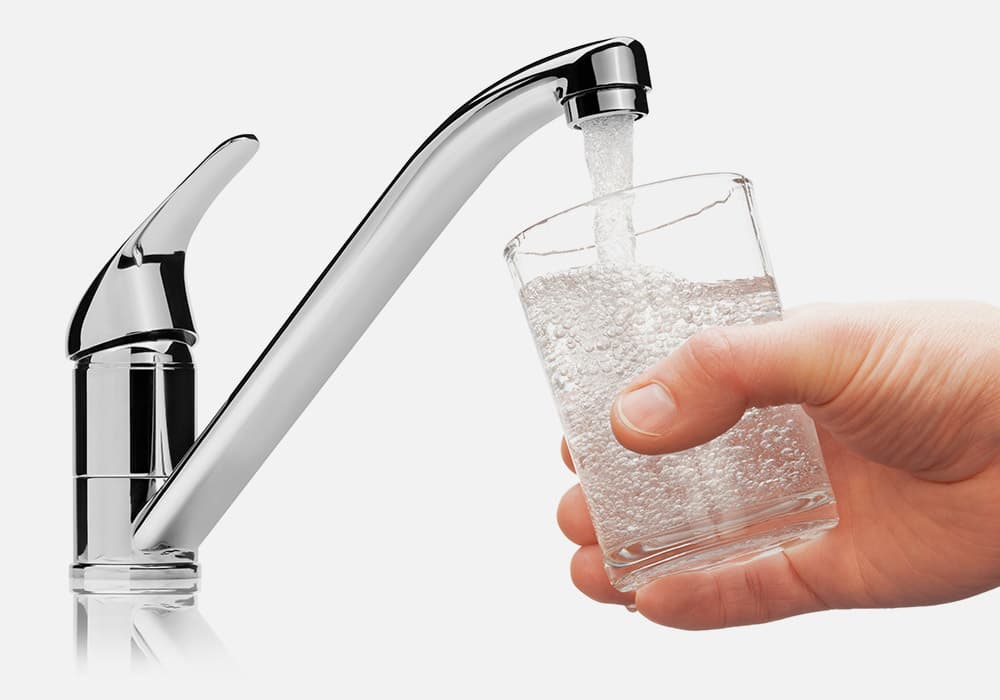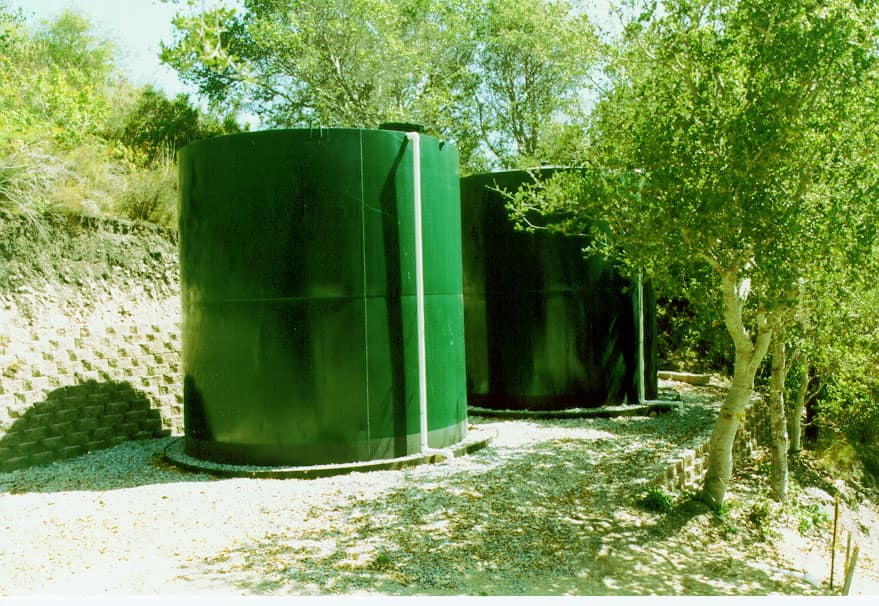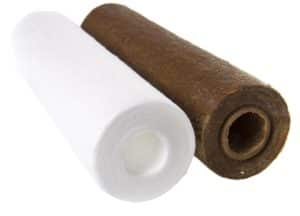What Are Iron Bacteria?
Iron Bacteria: Should You Be Worried About Iron Bacteria in Your Water?
In the U.S., about 15 million households drink from a private well. People choose wells for various reasons, including taste and freshness. Some households also have property too far away to be hooked up to the city’s water source.
When it comes to public drinking water, the government has strict regulations. However, with well water, you do not have to follow the government’s rules. Instead, homeowners control the safety of their water. While some contaminants can pose a hazard to your health, others may compromise the taste of your water, such as iron bacteria. Fortunately, there are solutions for this common contaminant.
What Is Well Water?
If you own a private well, you do not have to settle for poor-tasting or poor-quality water. In the U.S., there are two different types of common wells:
- Driven wells
- Drilled wells
To create a driven well, contractors drive a pipe into the ground. Driven wells have a casing and only reach 30 to 50 feet deep. They obtain water from nearby aquifers and may become contaminated quickly. This type of well is rarely used for potable water but is sometimes used for irrigation.
On the other hand, the drilled wells can reach thousands of feet deep. To construct a drilled well, you need a rotary drilling machine. Drilled wells have the lowest risk of contamination because they require continuous casing. This is the standard type of domestic water well in the U.S. and Canada.
Is there Iron in Your Well Water?
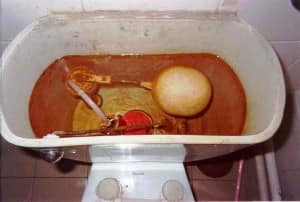
Unfortunately, our bodies have a difficult time absorbing iron from the water, so drinking it has no positive benefits, either. Moreover, some harmful organisms feed off the iron and may infect your water when it is present.
Ways to detect iron include sight and taste. It has a metallic taste that may affect your food and your drinks. It can also leave red, brown and yellow stains on your dishes. Iron may be especially alarming to coffee and tea drinkers for how it turns the beverages black. There are also home test kits available.
What Are Iron Bacteria?
Iron bacteria are tiny living organisms that occur naturally in the soil and groundwater. They were given the name because they feed on iron. When in nature, you may spot the bacteria as red-brown masses on the bottoms of streams and lakes. They create rust bacterial cell deposits by mixing iron and oxygen. As they feed, they secrete a slimy, sticky substance that can interfere with pumps, plumbing fixtures and pipes.
There are iron bacteria test kits available. You can also look in your toilet flush tank and see if there are bubbles in the water, and slimy-looking or hairy-like structures growing out from the walls of the flush tank.
Are Iron Bacteria Dangerous?
These iron-eating microorganisms do not pose a direct threat to human health. However, they are a threat to your plumbing system. Water contaminated by the bacteria may have a smell, not unlike sewage or rot, and the taste to go with it. Your point-of-use treatment devices work less effectively, and your water gets an oily sheen.
The bacteria can cause premature corrosion of your plumbing components as the slimy rust buildup affects the filters, toilet tanks and well casing. Furthermore, while iron bacteria contamination itself may not threaten your health, it also creates an environment where other bacteria may thrive. Some of these bacteria and pathogens can cause illness in humans and animals.
How Can You Deal With Iron Bacteria in Your Well?
In many cases, the bacteria occur naturally in the soil, so well contamination does not necessarily mean that you did anything wrong. Sometimes well repair, installation, drilling and other service work can introduce the bacteria into your system.
If you want your water to remain fresh and uncontaminated, there are two considerations: prevention and treatment.
Prevention of Bacteria
First, when it comes to your well, never add potentially infected water to your system. You should not introduce lake or pond water unless you have disinfected it. Not only should you never add it to the system, but you should never use it for repair, drilling or priming pumps either.
While performing repairs, do not lay your equipment in the dirt. When well equipment comes in contact with soil, it can become contaminated. After any repairs, make sure to disinfect your pump, well and plumbing to ensure cleanliness.
Your well casing should always be capped and watertight. Make sure the casing extends above the ground by at least a foot.
Treatment for Bacteria
Often, bacteria contamination can be difficult to remove. Even if you can remove it, you always have a risk of it returning. You may have to consider multiple treatment options or create a schedule for maintenance and water treatment to ensure your water is always safe. The following are some of the most common treatments available.
Chemical Removal
Most people treat iron bacteria with chemicals. You have a choice between surfactants, acids and disinfectants. Surfactants are similar to detergent and often are combined with other chemical treatments. If you use phosphates, you also need a disinfectant, because the bacteria may feed on the phosphates.
Acids destroy bacteria, loosen slime and dissolve any deposits. You may use these chemicals in a series of treatments. Acid can be dangerous, so it is essential that professionals with the proper tools perform any of these treatments. The chemicals also need to be disposed of properly. Keep in mind that acid and chlorine should never be mixed.
Disinfectants treat and kill bacteria. One example of a disinfectant is laundry bleach. With any disinfectant treatment, you have to be careful with the chemicals. If they make contact with your skin or eyes, they can cause injuries and irritation. Likewise, mixing chemicals can result in the creation of dangerous gasses. If gasses accumulate in the well, it can deplete the well of oxygen.
Physical Treatment
You can physically remove bacteria with a few steps. First, clean the pumping equipment. This does require you to remove the pump. Additionally, the well casing needs to be scrubbed down thoroughly.
Generally, you cannot just do a physical treatment without some form of chemical treatment to follow it up and ensure that you do not have any lingering contaminants. To kill bacteria, you may require multiple treatments.
Chlorination
Chlorine is the most common chemical treatment. You can shock chlorinate the well with chlorine. This method will kill iron bacteria in your well one time, but won't prevent it from recurring as it can live in the groundwater.
A chlorine injection system followed by a small contact retention tank allows sufficient time for the iron bacteria to be killed. After the water is chlorinated it passes through an iron filter which removes the iron sediment and rust as well as any residual chlorine.
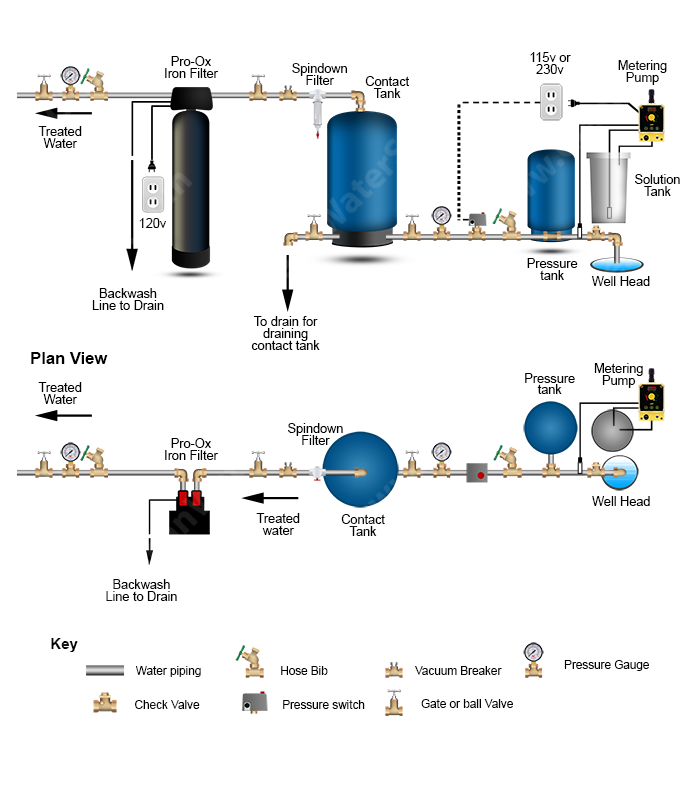
Pasteurization
Pasteurization involves the use of hot water or steam. The contractor injects steam into the well water to keep it above 140 degrees for 30 minutes. The extreme heat can kill bacteria. Due to cost, this type is rarely used.
Testing for Bacteria

There are four levels of testing for the bacteria. The first level is an observational test. Look for orange, red or brown stains and what appears to be a rainbow oil slick on the top of the water. Additionally, you may find rusty or gray slime deposits, including feathery growths in standing water.
The second level of testing is with an at-home testing kit. Generally, people perform the DIY test to confirm their assumptions based on observation. Once you know you have the microorganisms, you can focus on treatment.
Level three testing occurs through a water testing laboratory. In these tests, you order the kit and then submit the samples to an accredited lab. One reason to have a level three test for nuisance bacteria is that it may also indicate you have corrosive water. Your water may be mineral-rich and require a comprehensive test to ease your mind about iron bacteria and other contaminants.
What Are Possible Well Water Contaminants?
Water can carry a variety of contaminants. We all need water, but when it becomes contaminated, it can expose a lot of people to illness and other side effects. Private wells may serve fewer people than the public does, but you still need to take the health and safety of your water seriously.
Iron bacteria is not the only problem that can occur in well water. Other possible contaminants can be broken down into various sources.
Test for a wide variety of contaminants with one of our Well Water Lab Tests.
Microorganisms
Iron bacteria is just one of many microorganisms. Microorganisms refer to bacteria and viruses as well as single-celled parasites and other lifeforms. You can find all kinds of microorganisms in the ground and in human and animal waste. When it rains and snows, the runoff can contaminate private wells.
While many are harmless, certain organisms can lead to gastrointestinal problems or other health issues.
Clean Up Your Well With the Clean Water Store
Iron bacteria can wreak havoc on your well water system. While it does not itself spread illness, it can create an environment that encourages the growth of harmful bacteria as well as cause damage to your well equipment.
Once you detect it in your water supply, it is time to remove it. At Clean Water Store, we are happy to answer any questions you have about well water and safety. Learn more about how we can help your well perform better and the steps you need to take to rid yourself of all bacteria.
Sources:
https://www.sciencedirect.com/topics/engineering/iron-bacteria
https://www.cdc.gov/healthywater/drinking/private/wells/diseases.html
https://www.health.state.mn.us/communities/environment/water/wells/waterquality/ironbacteria.html
https://www.epa.gov/privatewells/potential-well-water-contaminants-and-their-impacts
https://www.epa.gov/privatewells/learn-about-private-water-wells
https://www.health.state.mn.us/communities/environment/water/wells/waterquality/iron.html




